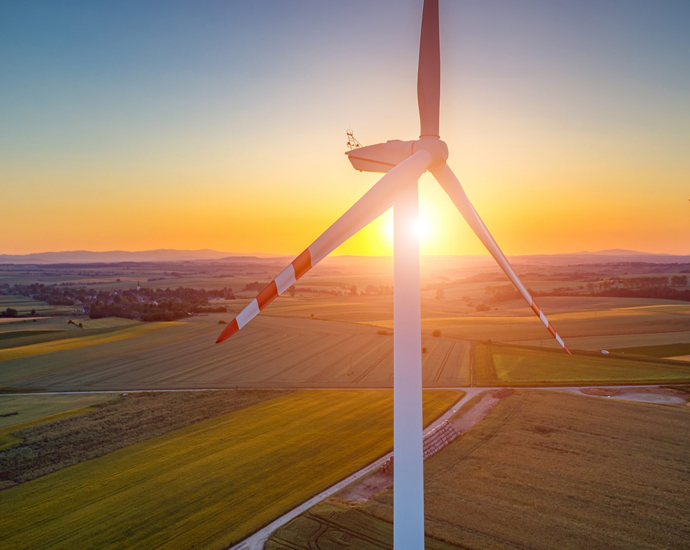What is Energy Logistics?
← Back
The emergence of energy logistics to meet the changing needs with the development of science and technology has accelerated the transportation and storage processes of the energy needed by companies and countries. Energy logistics includes logistics operations such as the transfer and storage of energy resources, as well as the logistics of all materials used to obtain these resources.
The emergence of energy logistics to meet the changing needs with the development of science and technology has accelerated the transportation and storage processes of the energy needed by companies and countries. Energy logistics includes logistics operations such as the transfer and storage of energy resources, as well as the logistics of all materials used to obtain these resources.
Generally, energy logistics is used to transport extensive and demanding energy resources. Sensitive materials used for nuclear energy or loads over 60 meters, such as wind turbines, cannot be transported by standard logistics methods. Therefore, a wider range of tools and planning is required for shipping . In the transport of large-capacity, important and sensitive goods, the process is successfully managed thanks to the use of cranes, special transport vehicles and advanced technologies, which are usually included in energy logistics.
Energy Logistics Scope
Energy logistics is divided into two as renewable energy resources logistics and non-renewable energy resources logistics. Renewable energy logistics; Inexhaustible energy sources such as solar energy, hydroelectricity, bioenergy and wind energy are covered. Non-renewable energy logistics generally covers the logistics of oil, natural gas, nuclear power, coal and other energy resources.
All processes such as transferring natural gas or oil by various transmission lines or similar transportation methods after extraction or storing them under appropriate conditions are also included in the scope of energy logistics.
Precautions to be taken from the planning stage to the final stage and the laws to be obeyed are also extremely essential. Not making the necessary preparations, not taking the necessary precautions; This causes the company to not be able to use its resources effectively and suffer losses as a result, and to pay penalties in the audits. Therefore, planning should be given importance in energy logistics. It is very important to get professional support before starting the production, transfer and storage processes.
Energy Logistics Planning
Today, it has gained importance to be able to use different energy sources by both producers and consumers. For this reason, it is important to make an error-free logistics planning in order to deliver energy resources faster, more reliably and at affordable prices. The entire process of transferring the vehicles used for the production of energy resources, loading the obtained energy to the vehicles, storing it or transferring it directly is considered within the scope of planning in energy logistics.
All possible problems that may occur during the transfer of the tools and vehicles used to obtain energy resources to the region should be evaluated in advance and measures should be taken to these problems and different solutions should be planned. In addition to all these, it should be a priority to reduce transfer and storage costs by planning which routes to choose, which transportation vehicles to use or the conditions under which storage should be made in the transfer of the energy obtained.
Things to consider in energy logistics planning
- Disruptions in communication between the company's own units may cause problems such as the inability to determine the inventory stocks properly or the inability to determine the appropriate routes for the transfer of products. In order to prevent such problems, a strong communication network should be established by using technology as much as possible in logistics operations.
- It is very important to determine the route planning clearly and accurately before transport, as special permits may be required.
- Transport movements should be inspected on a 24/7 basis.
- Appropriate equipment such as heavy lift cranes, lowbed trailers, container carrier trailers, dolly trailers should be used and always available.
- Necessary plans should be made for transfer ship, tugboat and barge transfers.
- Customs documents must be prepared in advance and a financial representative must be present.
- When necessary, planning should be made for aircraft and ship charters.
- Packaging, storage and distribution facilities should be established.
- Since a mistake made during the planning phase will hinder the whole process, professional support must be sought.

 HONEST
HONEST Eğitim Portalı
Eğitim Portalı Müşteri Portalı
Müşteri Portalı Bize Ulaşın
Bize Ulaşın